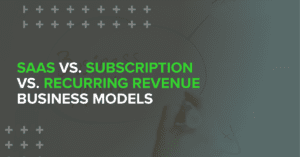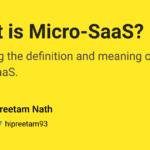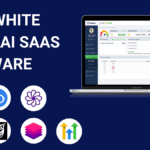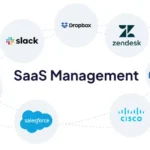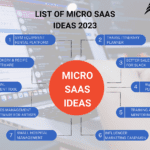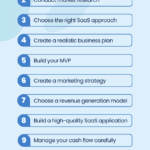SaaS (Software as a Service) delivers software over the internet. Subscription is a payment model for accessing services or products.
SaaS and subscription models often overlap but serve different purposes. SaaS provides software access via the cloud, eliminating the need for physical installations. Users benefit from regular updates, scalability, and remote access. Subscription models, on the other hand, apply to a variety of services and products beyond software.
They ensure continuous access based on recurring payments, which can be monthly or annually. Understanding the distinctions helps businesses choose the right model for their needs. SaaS often employs subscription billing, but not all subscriptions are SaaS. This differentiation is crucial for effective financial and operational planning.

Credit: www.linkedin.com
Introduction To Saas And Subscription Models
The subscription economy is growing fast. People like paying monthly for services. This model is simple and convenient. Many businesses use this model today. Netflix, Spotify, and Amazon Prime are good examples. Customers prefer this because it offers flexibility. They can cancel anytime. This is a big advantage. Businesses also benefit from steady income. It helps them plan better.
SaaS stands for Software as a Service. Companies deliver software over the internet. Users don’t need to install anything. They can access the software from any device. This model is cost-effective. Businesses save on hardware costs. Updates happen automatically. Users always have the latest features. SaaS is popular in many industries. Examples include Google Workspace and Microsoft 365.
Key Characteristics Of Saas
SaaS platforms work on the cloud. Users can access them from anywhere. This feature makes it very convenient. There's no need to install software. Updates happen automatically. This saves time and effort.
SaaS solutions can grow with your business. You can add more users easily. This is called scalability. Accessibility is also a key feature. Anyone with internet can use SaaS tools. It works on multiple devices. This makes it very flexible.
Essentials Of Subscription Business
Subscription businesses earn steady income. Customers pay regularly. Payments may be monthly or yearly. This predictable cash flow helps businesses plan better. They can invest in growth and improvement.
Subscription models attract loyal customers. These customers enjoy ongoing services. They stick around longer. This reduces marketing costs. Happy customers often refer friends. This brings new customers.
Keeping customers happy is key. Subscription businesses must offer great service. Customer support should be top-notch. Personalized offers keep customers engaged. Regular updates and new features add value.
Engaging content keeps customers interested. Newsletters and blogs share useful info. Exclusive deals and discounts show appreciation. Loyalty programs reward long-term customers. This builds strong relationships.
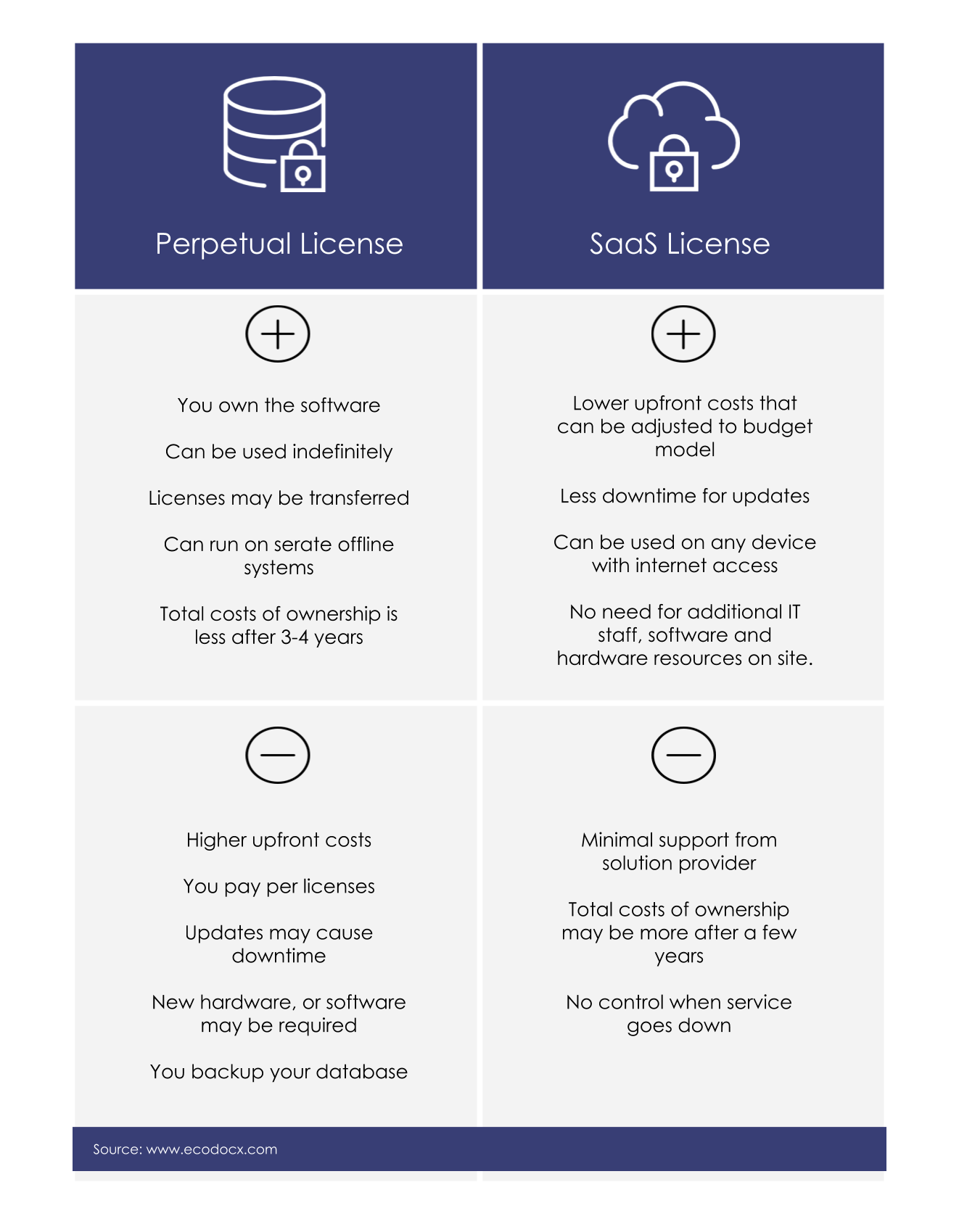
Credit: ecodocx.com
Comparing Revenue Models
Upfront costs mean paying all at once. This is common in traditional software sales. Recurring payments are monthly or yearly. This is typical for SaaS models. Upfront costs can be high and risky for customers. Recurring payments spread the cost over time. This is easier for many budgets. Businesses often prefer recurring revenue. It provides a steady income stream.
Predictable revenue helps with planning. Recurring payments make revenue predictable. Cash flow is steadier with subscriptions. This reduces financial stress. Upfront payments give a big lump sum. But, it may not last long. Recurring revenue ensures ongoing cash flow. This helps with future growth. Both models have their benefits. Choosing the right model depends on business needs.
Customer Experience In Saas Vs Subscription
SaaS offers a high level of personalization. Users can customize their settings. This can make the experience unique. Subscription services often lack this level of personalization. They provide the same content to all users. This can reduce engagement. SaaS also uses data to improve user experience. Personalized recommendations are common. This keeps users more engaged. Subscriptions rarely offer this feature. Users may feel less connected. Engagement is higher with SaaS because of these features.
Upgrading or downgrading SaaS services is simple. Users can change their plan online. This process is quick and easy. Subscription services often require more steps. Users may need to contact customer support. This can be inconvenient. SaaS allows for instant changes. Users can adjust their services as needed. This flexibility is valuable. Subscription services are less flexible. Users may feel stuck with their plan.
Analyzing Market Trends
Analyzing market trends for SaaS and subscription models reveals distinct advantages for businesses. SaaS offers flexibility and scalability, while subscription models ensure steady revenue. Understanding these differences can guide strategic decisions.
Current Industry Preferences
The market shows a strong preference for SaaS models. Many businesses are moving to cloud-based solutions. SaaS offers flexibility and scalability. These features attract small and large companies. The subscription model also remains popular. It provides steady revenue streams. Both models have unique advantages. Each serves different market needs.
Evolving Consumer Behaviors
Consumers now prefer on-demand services. This trend boosts the growth of SaaS. People like the ease of access and cost efficiency. Subscription services also see high demand. They offer predictable costs and ongoing updates. Both models adapt well to changing consumer preferences. The market adapts to these evolving behaviors.
Case Studies
Zoom is a great example of a SaaS company. It offers video conferencing. Businesses and schools use it daily. Slack is another success. It helps teams communicate better. Salesforce offers customer relationship management (CRM) tools. It helps businesses manage sales and customer data. These companies have grown quickly. They provide important services in the cloud.
Netflix is a top subscription business. It offers streaming services. People watch movies and TV shows. Spotify provides music streaming. Users can listen to millions of songs. Dollar Shave Club sends shaving products to customers. It has a monthly subscription model. These businesses have loyal customers. They offer convenience and value.
Making The Choice For Growth
SaaS helps businesses by providing software over the internet. It can be easy to use and set up. Subscription models offer regular payments for services or products. This helps keep costs predictable. Choose based on what your business needs most.
Think about the long-term benefits of each option. SaaS can be updated easily. This keeps your tools current. Subscriptions help with steady income. This can support future growth. Both options have their own advantages. Pick the one that fits your goals best.
Challenges And Solutions For Each Model
Churn rates can be a big problem. Customers may leave if they are unhappy. Keeping customer loyalty is very important. Offering good support can help. Regular updates keep users happy. Personalized offers can also work well. Reward programs make customers feel valued. Users stay longer if they feel appreciated.
Staying relevant needs innovation. New features attract customers. Listening to feedback is key. Adapt to market changes quickly. Keep an eye on competitors. Offer something unique. Regular updates are a must. Make sure to improve user experience. This keeps your product fresh.

Credit: www.linkedin.com
Future Outlook
New technologies will make SaaS and Subscription models more powerful. Artificial Intelligence will help in automating tasks. Machine Learning can predict customer needs better. Blockchain will ensure secure transactions. Internet of Things (IoT) will connect devices seamlessly.
These technologies will offer better services. They will also provide more personalized experiences. SaaS companies will adopt these innovations quickly. Subscription models will also benefit from these advancements.
SaaS and Subscription models will continue to grow. More companies will switch to these models. Customer retention will become more important. Flexible pricing will attract more users.
The focus will be on user experience. Data analytics will help in understanding customer behavior. Security will be a top priority for SaaS companies. Global expansion will bring more opportunities.
Frequently Asked Questions
Is Software Subscription The Same As Saas?
No, software subscription and SaaS are not the same. Software subscription refers to payment terms, while SaaS is a delivery model.
What Is The Difference Between As A Service And Subscription?
“As a service” delivers on-demand access to software or services. A subscription charges periodically for continued access.
Is Netflix A Saas Company?
Yes, Netflix is a SaaS company. It provides streaming services through a subscription model, delivering content via the internet.
Is A Software License The Same As A Subscription?
No, a software license and a subscription are not the same. A license grants perpetual use, while a subscription requires regular payments for access.
Conclusion
Choosing between SaaS and subscription models depends on your business needs. Both offer distinct advantages. SaaS provides convenience and scalability. Subscription models offer predictability and customer retention. Evaluate your goals and resources to decide the best fit. Each option can drive growth and customer satisfaction in different ways.
